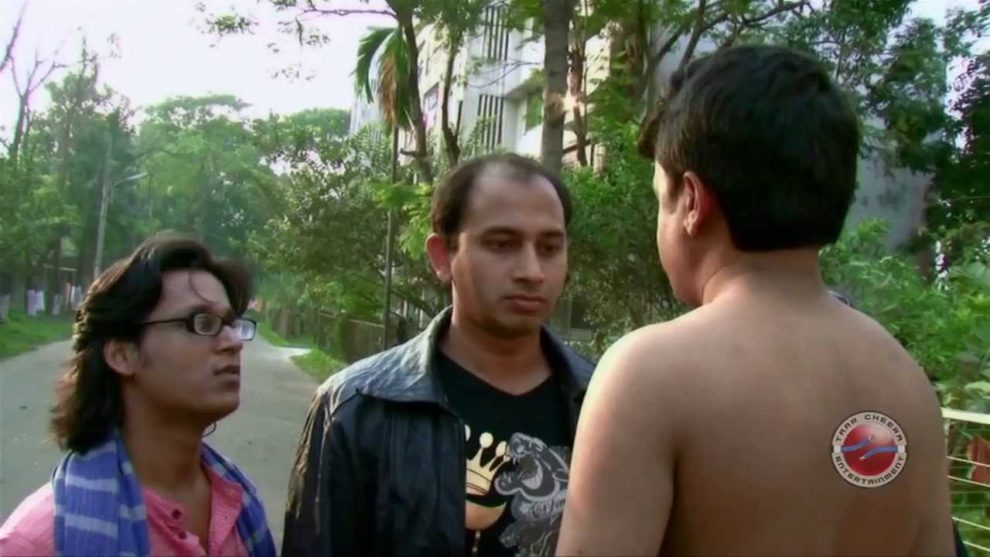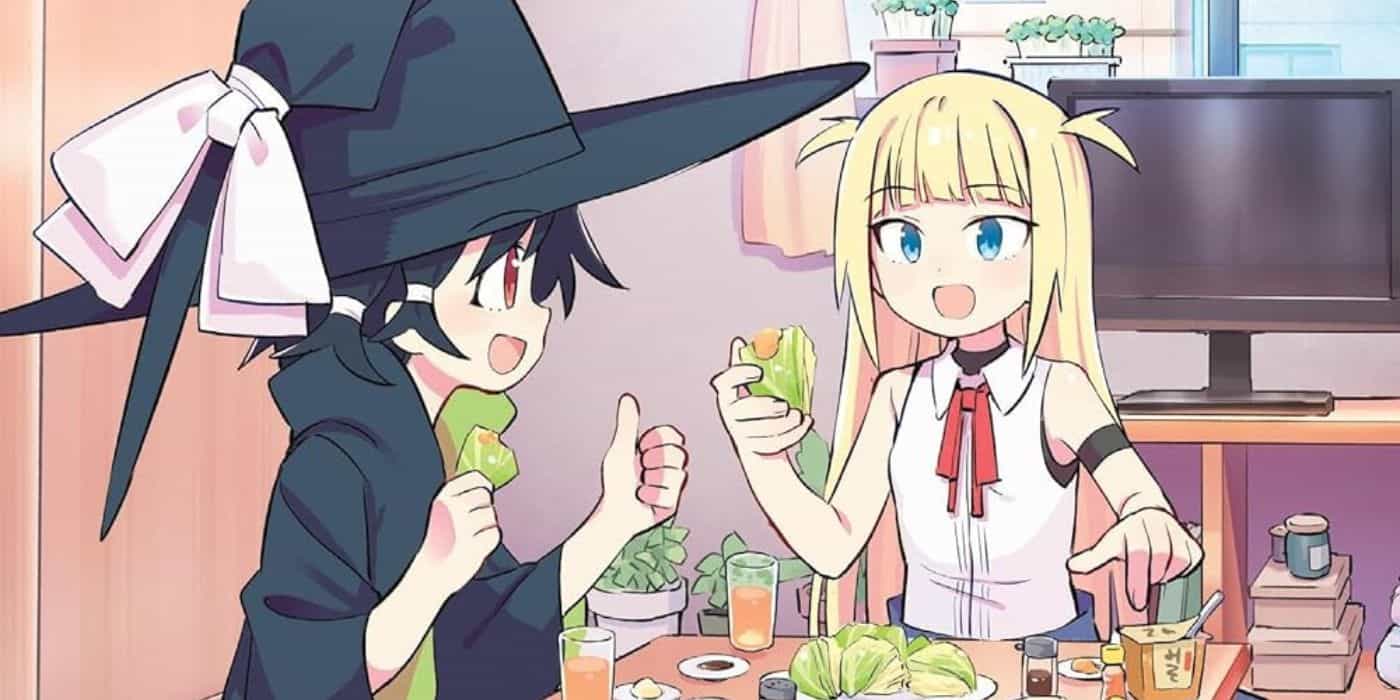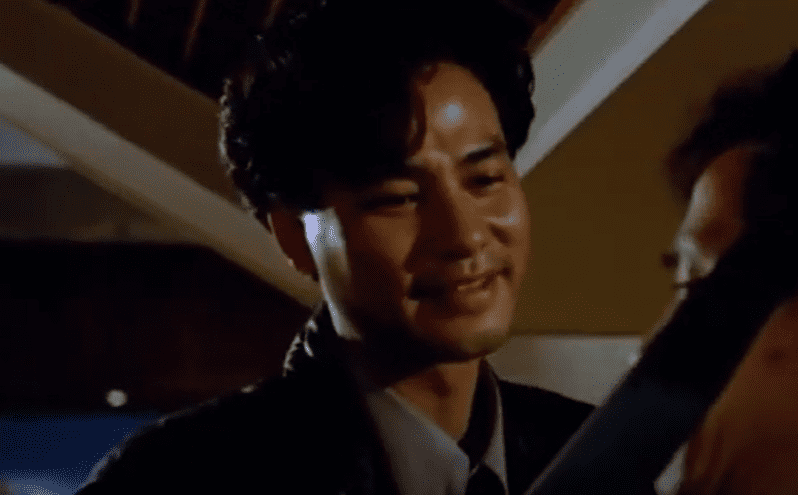by Nafis Shahriar
Bangladeshi cinema lacks options and diversity – across its many forms. Even art films often fall under the genre of poverty porn. For those out of the know, ‘poverty porn' is a pejorative used to describe productions that generally reduce third world countries into poverty-stricken sinkholes. While this is in line with the many of the organizations that fund these ventures, it is a reductive approach to regional cinema. It is a way which is not interested in being honest and probing into the center of the human experience. It also isn't interested in the cultural identity and general zeitgeist of the region, something that has been done in spades in the far east. While industries in Japan and China has prospered, industries in a country in Bangladesh are falling apart.
This lack of diversity is more prominent in the mainstream industry, where the products just need to appeal to the worst cultural aspects of the country's populace in order to make as much money as possible. As such, a growing number of people don't like these movies due to their vulgar content, and the people who would like the content would rather see the more ‘Masala' visual experiences coming out of Bollywood – with their laxer censorship laws and higher production values.
This creates an environment where aside from a few directors like the late Tareq Masud, the cinema of Bangladesh has been suffering in terms of quality and nuance. The mainstream films are suffering as well, with Indian productions set to take over the market. But it is under these dire situations that some of the more ‘underground' people of the industry came forward and made their own works the way they wanted to make them. It's no coincidence that a lot of these films would be released with the rising popularity of the internet, as the world wide web has democratized a lot of avenues that were inaccessible to the general populace before. It's no coincidence that due to the budget, a lot of these projects suffered from good equipment which added a campy/low budget feel to the whole picture. Rather than trying to deny that, the makers actually dove head first into this campy aesthetic and used it to tell stories that would be suitable for a population waiting to be swallowed by memes. And as one of the best examples of these Bangladeshi cult classics, we're going to be looking at ‘Halka Pagla' (The lightweight madman) today.
While the name seems innocuous enough, the film is actually a bootleg adaptation of Marvel's ‘The Hulk'. And while a lot of the official material at least tried to tackle complex issues, that hasn't been the case here. True to its zany roots, ‘Halka Pagla' realizes that with great power comes – well – the power to do anything. In a lot of ways, this can even be termed a deconstruction of the super hero genre as the protagonist gains the powers of the hulk through chemicals he himself makes, and he does all of these in the name of revenge. While it doesn't go beyond the initial premise with what it was trying to do, it didn't need to. And with all things considered and with all the zany antics that take place over the course of the film, I would argue that this was a decision taken for the better.
For anyone interested, the film can be found on Youtube. While there aren't any international subtitles available, the zany visuals of the film more than make up for it.
Coming to the plot, the story follows the titular character of ‘Halka', a genius student of the sciences. He tries to flirt with a girl in his neighborhood by stealing a glance at her from time to time, but is beat up by the hoodlums of the community for not knowing his place. Enraged and intent on revenge, Halka invents a chemical that lets him transform into a green being of power with a moment's notice, and the rest of the film follows these two groups trying to decimate each other, get the girl, and ride off into the sunset.
As can be seen from the earlier paragraph, not much goes on in the story in terms of plot and themes. There are even certain elements of the film (a certain reveal with the unnamed girl at the end ) that I would consider problematic. But the strength of the movie doesn't lie in the tools it decides to use them, it lies in how it uses them.
A key scene to focus further this discussion would be the scene of the research itself. Genetically mutating one's body is no simple feat, and it is generally treated a serious matter in films that try to approach the subject. But not here. One minute, our hero is sulking at a corner of the room. The next, he is up in arms and mixing who knows what in scenes reminiscent of the chemical experimentation as seen in the early Hanna Barbera cartoons. In this way, the film engages with the subject not through the lens of how an experiment like this actually works, but how a lot of us thought how these things worked when we were young. Think about it. How many of us drank a mixture of coke and Fanta and thought we were drinking something ethereal? How many of us mixed colors and apprehended the consequences of a chemical explosion taking place in our homes? The film uses tropes that are not realistic, but the film doesn't make any effort to portray them as real. Instead, the it takes place in a heightened, alternate-reality. A reality where real world logic is thrown out the window and the world is structured in a way that resembles the worldview a lot of us had when we were younger. Going by that logic, it kinda makes sense that some of the tropes are problematic and dated, even though it doesn't make the usage better.

But again, to focus on the technical aspects or the campy aspects would be to miss the point of the movie. ‘Halka Pagla' is meant to be campy and zany and all of those things. In one scene, the goons go to the local chop shop to buy military grade vehicles such as tanks and choppers in order to take Halka out. The film is supposed to be these balls to the walls madness of action and laughter, and in a way, a celebration of the naïve way a lot of people viewed the world when they were young. And in all honesty, it succeeds. From actors that put in the perfect performance considering their roles (especially the goon with the long hair and sunglasses, a shame that their name couldn't be retrieved due to the archival characteristics of the industry in Bangladesh), to set pieces that just keep on giving and paint a picture of a world that is super entertaining to think about (one of the thugs gets stopped by a man standing on a roof where the man asks for a lift. Think about it. A lift from a military grade helicopter), and also pays homage to the way one perceived the world when one was young.
A lot of the cast members comprise of newcomers. Sohel Afgani Rana was an amateur director at the time, and he had to make things work. The titual character is played by Zahidur Akbar Salim. The love interest is played by Ahona as the credit suggests. The goons are played by the trio A.R. John, K. D. Hemonto, and R.K. Polash. Sadly, aside from some other appearances, they seem to be inactive in the industry as a whole. Only the director is active, and he too is making his debut feature film after a long time. It just goes to show the general state of the industry, and of its injustice towards the film.
All in all, ‘Halka Pagla' is not high art, but it doesn't need to be. It is living proof that one can have fun films from a country like Bangladesh as well, and one doesn't need to go over budget to make something this over the top and cult in nature. It is also a testament to the hidden strength of the industry, which if cultivated properly, can really broaden the playing field for the industry of Bangladesh as a whole, and help it to make its name in the global era.
















